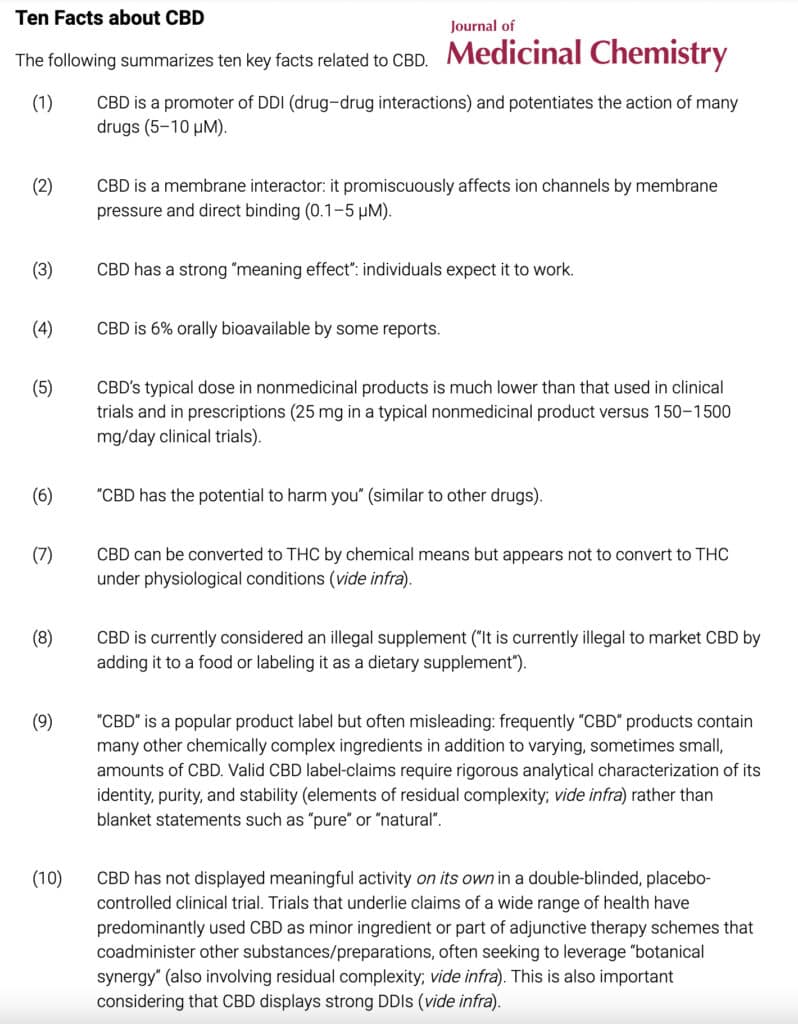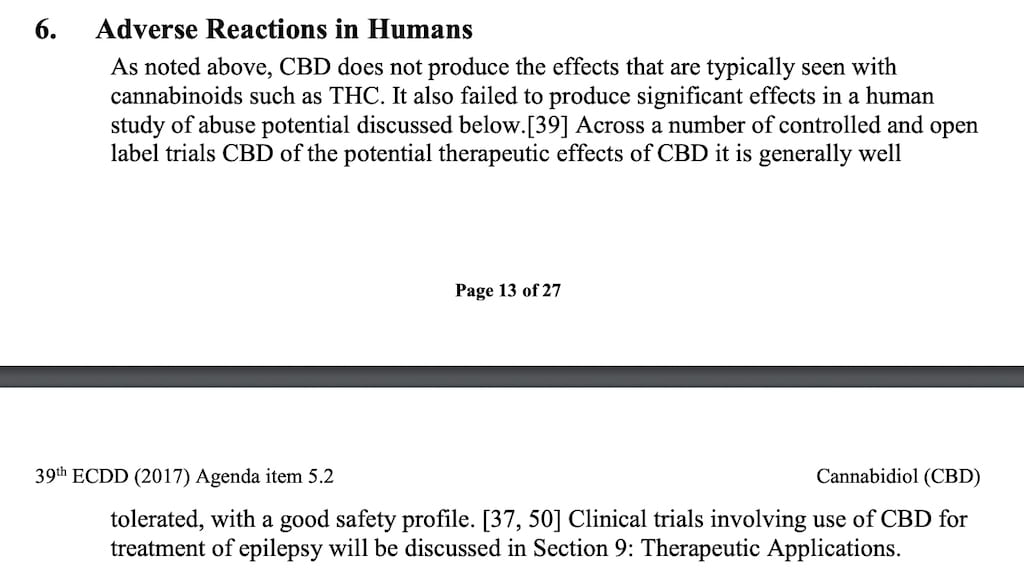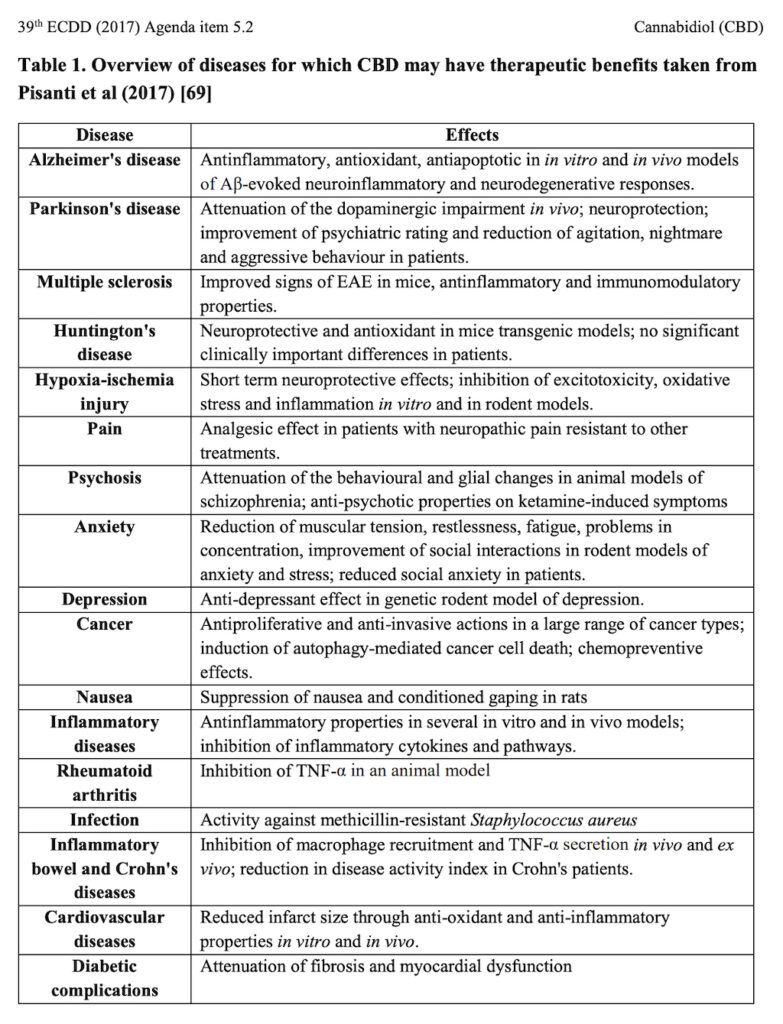Are you looking for the absolute best definition of CBD; I’m talking about no-nonsense and straight from the original source?
This article offers the descriptions, definitions, and original copies of documents from the men who introduced CBD to the world for the very first time.
The goal of this work is to provide clarity, understanding, and originality for the CBD and hemp industry by comprehensively answering the question, What is CBD?
Let’s begin with an American Chemist and descendent of the grandfather of a former U.S. President, Mr. John Adams.
Roger Adams - First To Discover CBD

This man does not get much credit, but he was the first to discover CBD, which was kind of by accident. Nonetheless, Roger was the first to identify CBD with the first-ever published work on CBD in 1940 titled, “Structure of Cannabidiol, a Product Isolated from the Marihuana Extract of Minnesota Wild Hemp. I” (view here)
Since Roger couldn’t deliver concrete evidence of CBD’s molecular structure, he didn’t get full credit. However, he did get a patent in 1940 for the Isolation of Cannabidiol, view here.
You have to give credit where credit is due, and Roger Adams certainly opened the phytocannabinoid door of research.
The Godfather of Cannabis
Roger Adam’s findings sparked the curiosity of a man extensively praised as the Godfather of Cannabis, Dr. Rafael Mechoulam.
Please use the link below if you want read Dr. Mechoulam’s official publication of CBD and its structure dating all the way back to 1963.
CBD Definitions
These Cannabidiol definitions are provided by specific medical and health organizations. Each reference is cited for verification.
#1.
Cannabidiol, a cannabinoid with an undefined mechanism of action. Biosynthetically related to THC. Not intoxicating
even at high doses.– The BMJ
#2.
CBD, or cannabidiol, is the second most prevalent active ingredient in cannabis (marijuana). While CBD is an essential component of medical marijuana, it is derived directly from the hemp plant, a cousin of marijuana, or manufactured in a laboratory. One of hundreds of components in marijuana, CBD does not cause a “high” by itself.
CBD Descriptions & Background
These Cannabidiol overviews are provided by specific scientific and medical research studies. Again, each reference is cited for verification.
#1.
Cannabidiol (CBD) is one of the primary cannabinoids found in significant but variable concentrations in cannabinoid-based medicines (CBM). While structurally similar to Δ9-tetrahydrocannabinol (THC), CBD does not cause intoxication or euphoria and has showed considerable tolerability in humans with a low abuse potential.
Advanced Education
Complete Compound Summary: https://pubchem.ncbi.nlm.nih.gov/compound/Cannabidiol
10 Facts About CBD
These facts are entirely brought to you by ACS Publications in a publication titled, “The Essential Medicinal Chemistry of Cannabidiol (CBD)” which was published August 17, 2020, in the Journal of Medicinal Chemistry.
To be very direct, when I read these, I was appalled. Since 2016 and after hundreds of research studies on CBD examined, I’ve NEVER come across a publication that spoke so negatively about CBD!
Nonetheless, I’m here to provide all the information I find from authoritative sources, not just the research that promotes CBD in a positive light. These 10 “facts” should be taken with a grain of salt as with everything else you find on this site.
The photo below will share all 10 facts, which is their claim and certainly not ours.

How do you feel after reading that?
I have my opinions, but let’s see what the World Health Organization has to say. Next up, CBD health benefits.
What Are The Health Benefits of CBD?
The World Health Organization, WHO for short, published a 27-page report on CBD in November 2017, just four months before the U.S. 2018 Farm Bill was signed.
Unfortunately, this report is no longer accessible as it was removed from the website. Fortunately, we have a copy. View Full Report (PDF).
In this report, on page 13, there is a section titled, “Adverse Reactions In Humans”, here is what it says (see picture below):

Another snapshot from this study is a table they created that talked about direct potential in certain diseases, pictured below.

According to Drugbank Online, Cannabidiol has already shown promise to be both a therapeutic and a pharmaceutical drug target. Further stating how CBD could be helpful as an analgesic, anticonvulsant, muscle relaxant, anxiolytic, antipsychotic, as well as the positive potential for being an antioxidant with neuroprotective and anti-inflammatory benefits.
Although more studies are needed to solidify what CBD can and can’t do, there are hundreds of studies already completed that support the above-mentioned conditions.
The FDA and WHO confirm that CBD can treat epilepsy and the WHO report says that CBD could have therapeutic benefits for Alzheimer’s disease, Parkinson’s, Multiple Sclerosis, Huntington’s Disease, Depression, Cancer, Psychosis, Arthritis, and several others.
Quick Recap
With the hundreds of thousands of articles about CBD online based on contradictory reports and data provided by medical institutions, it really is hard to give concrete advice.
However, just like with any information that anyone gives you, take it with a grain of salt and do your own research.
Start with all the available research that is accessible on PubMed and NIH. American tax dollars pay for these studies so take advantage and see for yourself! Only then can you make an informed decision.
Final Answer: What Is CBD?
Cannabidiol, more commonly known as CBD, is one of at least 85 identified phytocannabinoids that naturally derive from Cannabis Sativa plants, better known as Hemp plants.
It was first discovered by Roger Adams but more information was needed to fully understand the structure of CBD. 23 years later Dr. Raphael Mechoulam and his team filled the information gap and brought verifiable evidence on the true nature and structure of Cannabidiol.
CBD has a molecular formula of C21H30O2 and an average molecular weight of 314.5.

